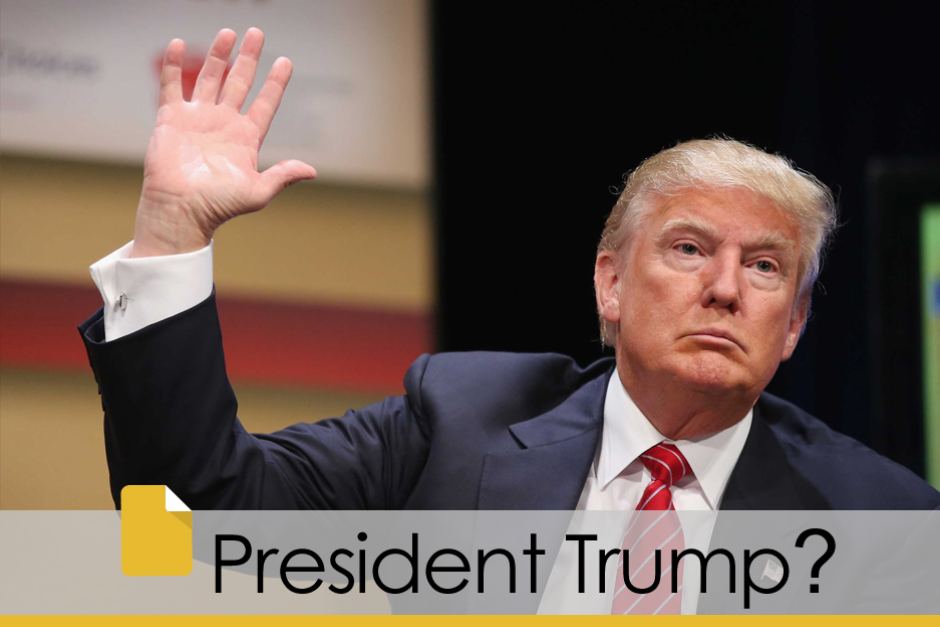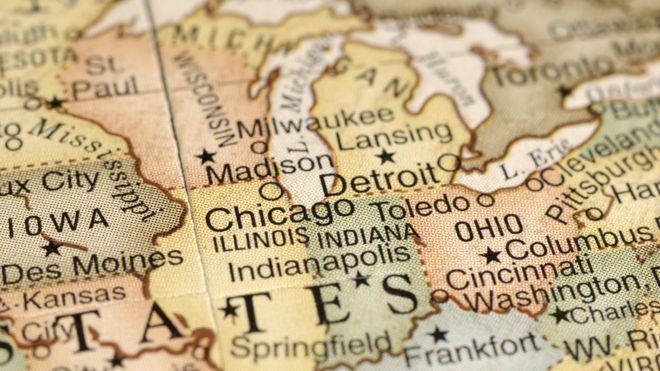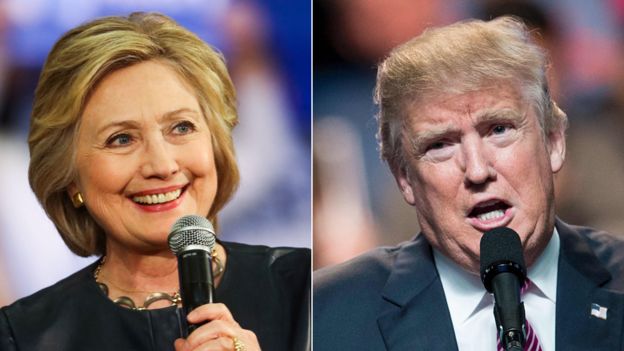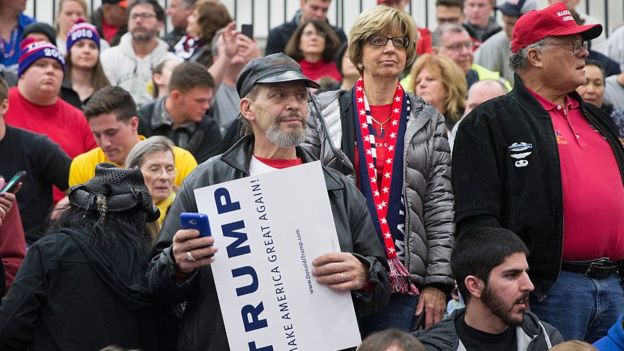How Donald Trump captures the White House

In the week since Donald Trump effectively secured the Republican presidential nomination, a great deal of ink and airtime have been devoted to explaining why he will have a difficult time winning the presidency in the autumn.
The Republican Party is too badly divided. His rhetoric is too incendiary. Republican voters may be "idiots", but the general public is wiser. The US electoral map, which places a premium on winning key high-population "swing" states, is tilted against the Republican Party.
About that last point. On Tuesday a survey of three key swing states — Florida, Ohio and Pennsylvania — revealed a virtual dead heat between the two likely standard-bearers.
Those states — which account for 67 electoral votes — all went for Democrat Barack Obama in 2008 and 2012. Add them to the states Republican Mitt Romney carried in 2012, and it delivers 273 electoral votes — three more than the 270 necessary to win the presidency.
Throw in a national tracking poll released on Wednesday that has Donald Trump surging to within striking distance of Hillary Clinton, and it's a recipe for acute hyperventilation on the part of Democrats.
But… but… but… cooler-heads respond.
The Reuters/Ipsos national poll, which has Mrs Clinton ahead 41% to Mr Trump's 40% and 19% undecided, was conducted online.
That Quinnipiac swing-state poll oversampled white voters — a demographic group that is more inclined to Republicans. In addition, it doesn't represent that big a shift from the group's battleground-state poll from last autumn, which undermines the theory that Mr Trump's support is growing.
The news caused election guru Nate Silver to go on a Twitter tirade, asserting that it's way too early to start gaming out the state-by-state electoral map based on opinion polls.
"The election will go through a lot of twists and turns, and polls are noisy," he writes. "Don't sweat individual polls or short-term fluctuations."
Sweating polls is what US pundits and commentators do, however. And at the very least, signs that Mr Trump is within reach of Mrs Clinton should cast doubts on the early predictions that the Democrats will win in the autumn by historic, Goldwater-esque margins. Mr Trump has a pathway to the presidency.
He may not get there. It is not the most likely outcome. But it's real.
That linchpin of a Trump victory centres on the so-called Rust Belt — states like the aforementioned Pennsylvania and Ohio, as well as Michigan and Wisconsin. Even if Florida, due to its rapidly growing Hispanic population, goes to Mrs Clinton, Mr Trump could still win if he sweeps those states.
It's a strategy that Mr Trump already appears to understand.
"We'll win places that a lot of people say you're not going to win, that as a Republican you can't win," Mr Trump said at an April rally in Indiana. "Michigan is a great example; nobody else will go to Michigan. We're going to be encamped in Michigan because I think I can win it."
The challenge for Mr Trump is that the mid-west, particularly, Wisconsin and Michigan, have served as a Democratic firewall that Republicans have been unable to penetrate since 1988.
"These states constantly intrigue Republican presidential strategists because the Democratic advantage in them depends largely on an act of political levitation: the ability to consistently win a slightly greater share of working-class white voters here than almost anywhere else," writes the Atlantic's Ronald Brownstein.

If Mr Trump is to find success, then, he likely will have to finally win over this stubborn portion of the mid-western electorate or, perhaps, energise what Sean Trende of RealClear Politics has called the "missing white voters".
Trende points to a national drop-off more than 3.5 million white voters from the elections of 2008 to 2012, when population growth should have resulted in an increase of 1.5 million.
These voters, he theorised, were largely working-class whites who had previously supported iconoclasts like Ross Perot, the 1992 anti-free-trade independent candidate.
It's the type of voter that Mr Trump, with his populist economic pitch, has been turning out in the Republican primaries.
In 2012 Mr Obama beat Mr Romney by roughly 5 million votes. If Mr Trump can bring those disaffected white voters back to the polls in 2016, it would cut into that margin.
If Mrs Clinton is unable to produce the record-setting turnout among young and minority voters that Mr Obama achieved, the gap shrinks further still.
That's a lot of "if's", of course. Young and minority voters — particularly Hispanics — may yet turn out to the polls in high numbers, if only to cast ballots against Mr Trump. There are already indications of record-setting Hispanic voter registration in places like California.
There's also the risk that Mr Trump's reliance on populist rhetoric and controversial views on immigration could lead white-collar voters to favour Mrs Clinton. For every disaffected member of the working-class he brings in, he could lose a suburban mum or college-educated businessman.
Even giving Mr Trump the benefit of the doubt, and viewing the recent polls as a trend and not a blip, there are still more electoral scenarios that end up with Mrs Clinton in the White House come 2017.
For Mr Trump, the political stars have to re-align in his favour. For Mrs Clinton, a general-election status quo likely means victory.
Политика конфиденциальности | Правила пользования сайтом









